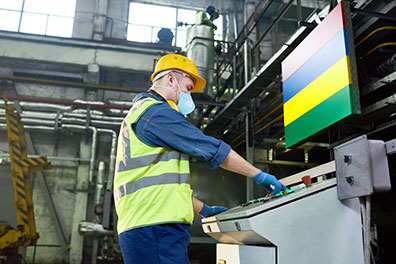

There's a distinct advantage to working with a full-contact engineering company like Olsträd. Our experience providing turnkey solutions in a variety of industries makes us a valuable asset to your project.
Olsträd Corporation's services, which include a full range of design, fabrication, installation, training, and troubleshooting, are available alone or in any combination. We're just as comfortable working in conjunction with other contractors as we are running the show.
We're more than a design house, and more than a field crew; we're your project partner. Customers know us for our range and degree of expertise, and enjoy our commitment to quality, flexibility, and customer service.
We make automation possible for smaller companies. We believe in automation for all. Contact us today.
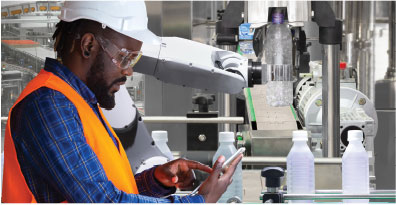
Sometimes referred to as semi-automatic, in this scenario the system assists the operator in performing complex functions quickly and efficiently.

A fully-automatic system where the operator ensures the smooth working of the cell; stocking raw material, taking away finished products, making tooling changes, and selecting operating parameters. The operator is there to manage the cell, rather than do the work.
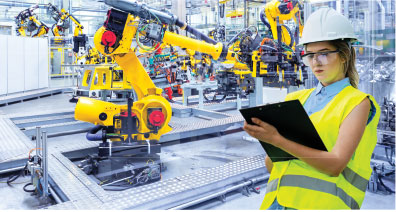
Devices are getting smarter, which means they're capturing more data. Making sense of this data and putting it to work is the next step. This can be a largescale, plant-wide effort, or focused on a single process. Collecting, storing, and understanding this data can help companies increase efficiency and make important decisions.
An application that requires the storage and recall of a large array of identifiers, such as part or serial numbers, could be considered data-intensive. Increasingly, whether data- or process-intensive, the system is required to do both things.

A work piece enters the cell where it is systematically bent, cleaned, inspected, milled, drilled, stamped, welded, and loaded into a crate with others of its kind. Automating all of these different tasks allows for tremendous savings in space, manpower, and waste.
This type of system can be considered process-intensive due to the number of different operations involved. Increasingly, whether data- or process-intensive, systems are required to both handle data and perform a number of processes.

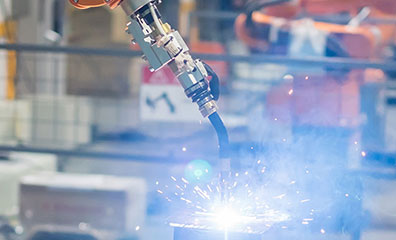
The collection, measurement, and packaging of products or materials can be automated to save time, labor, and to safeguard against errors. Components can be staged for or funneled directly into the next phase of the process. Parts can be staged for shipment.
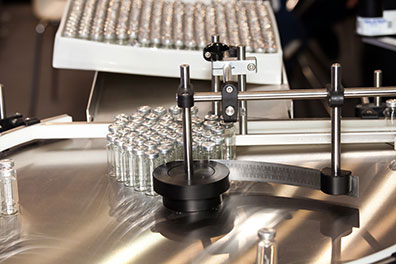
Many existing systems which rely on manual intervention can be automated. Using sensors to monitor process variables eliminates the need to use manpower to watch a process. In an environment where hazardous materials are used, limiting the human exposure to these factors is another benefit.
